The apparent attempt to assassinate Donald Trump at a campaign rally is a human and political shock, yet an unsurprising recrudescence of an American tradition.
And the long history of such attempts tell us that, while Trump sustained only a minor injury to his ear, his political stocks are likely to receive a major gain.
The picture of Trump defiantly pumping his fist in the air as blood trickled down his face will bestow him a certain heroism that his history as a draft- dodger had not.
A bloodied Donald Trump helped off the stage at the campaign event in Butler.Credit: nna\advidler
US President Joe Biden’s comment that it was a “sick” attack is doubtless correct, but his memory failed him when he said that political “violence in America like this is just unheard of”.
And Trump might have been in shock when he said it was “incredible that such an act can take place in our country”.
More realistic was veteran journalist Brit Hume, who remarked on Fox News immediately after the shooting that “it’s remarkable that something like this” hadn’t already happened in this political cycle.
Because, in the long sweep of American politics, “since 1865, there have been attempts on the lives of one of every four presidents and the successful assassination of one of every five,” as the US National Archives records.
And both the current and former president are old enough to know better from personal experience; Trump was 17 years old and Biden 21 when John F Kennedy was assassinated in 1963.
Loading
More recently, Trump was a businessperson and Biden a senator when Ronald Reagan was shot in 1981. They’d recall that President Reagan’s pluck, insisting that he walk unassisted into the operating theatre before he collapsed, near dead from an assassin’s bullets, propelled his popularity and powered his political agenda. It’s reasonable to expect that Trump will enjoy a similar benefit.
And within that long sweep, the US has seen a recent upsurge in political hate speech and actual violence since the storming of the Capitol by a Trump mob on January 6, 2021.
Americans murdered at least 39 of their fellow Americans over political beliefs in the following two years, according to a Reuters tally. It’s the worst since the 1970s, according to the consensus of researchers on the topic.
These include the case of an Ohio MAGA man who killed his neighbour in November “because he thought he was a Democrat,” as the dead man’s wife explained to police.
Strikingly, while the MAGA crowd has the reputation as the more violent, the shooting of Trump shows that it does not have a monopoly on political violence.
An October poll by the Public Religion Research Institute and the Brookings Institution found that one in four Americans agreed that “true American patriots may have to resort to violence in order to save our country.”
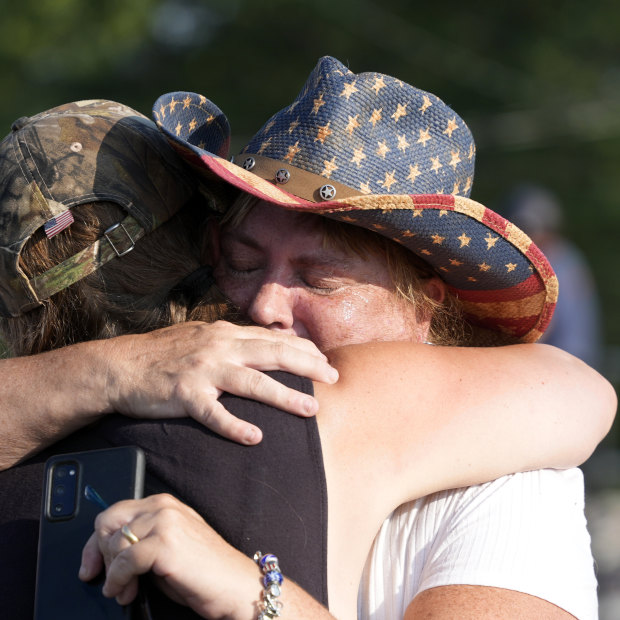
People hug after Donald Trump was taken away from the event.Credit: AP
Among Democrat voters, 13 per cent held this view; among Republicans 33. And some of the most explicit rhetoric has come from MAGA followers, such as the pro-Trump Republican candidate for the post of governor of North Carolina, Mark Robinson, who last month told his campaign audience that “some folks need killing”. The Trump crowd also is more pro-gun than any other constituency.
So the MAGA people have the reputation. But when the shots rang out on Saturday, US time, the target was Trump. The increased readiness to maim and kill is not a Republican or Democrat syndrome but an advancing American psychosis.
The inclination to violence is advancing in every constituency, and in none: “The media’s focus on groups such as the Proud Boys, Oath Keepers, and Boogaloo Bois has obscured a deeper trend: the ‘ungrouping’ of political violence as people self-radicalise via online engagement,” explains Rachel Kleinfeld from the Carnegie Endowment for International Peace.
Most political violence in the US is committed by people who do not belong to any formal organisation, she writes.
Extremist ideas and conspiracy theories “spread via gaming websites, YouTube channels, and blogs, while a slippery language of memes, slang, and jokes blurs the line between posturing and provoking violence, normalising radical ideologies and activities.”
Kleinfeld’s shocking conclusion: “These shifts have created a new reality: millions of Americans willing to undertake, support, or excuse political violence.”
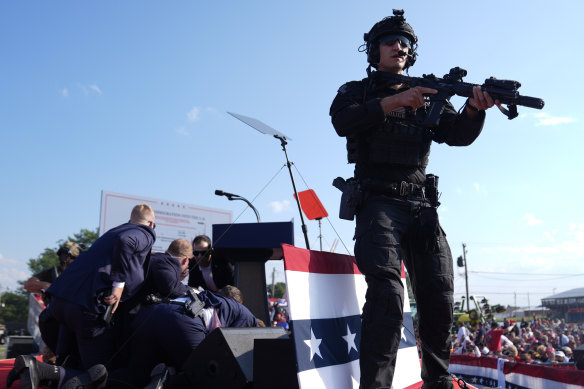
A Secret Service agents react to the shooting as others shield Donald Trump.Credit: AP
Will the shock of the Trump shooting, and the death of a bystander, give America pause for introspection? Many American worthies were calling for a political “cooling off” on Saturday night.
More likely, the assassination will intensify the existing feverishness of polarisation.
As the Secret Service agents manhandled the injured Trump into his car, the former president pumped his fist and mouthed a chant which nearby journalists reported to be: “Fight, fight, fight!”
Some of his prominent supporters took up the cause. Trump’s former attorney general, Bill Barr, immediately blamed the Democrats: “The Democrats have to stop their grossly irresponsible talk about Trump being an existential threat to democracy. He is not.”
A leading candidate to be Trump’s vice-presidential nominee, Senator JD Vance, was more explicit: “The central premise of the Biden campaign is that [former] president Donald Trump is an authoritarian fascist who must be stopped at all costs. That rhetoric led directly to [former] president Trump’s attempted assassination.”
And while most prominent Democrats moved into “thought and prayers” mode, a Congressional Democrat from Texas, Lloyd Doggett, intoned a warning of Old Testament vengeance: “Violence begets violence”.
Loading
Joe Biden deplored the attempt on Trump’s life. He said: “We cannot be like this.” This is an expression of hope over experience. Unfortunately, America increasingly is exactly like this.
Start the day with a summary of the day’s most important and interesting stories, analysis and insights. Sign up for our Morning Edition newsletter.










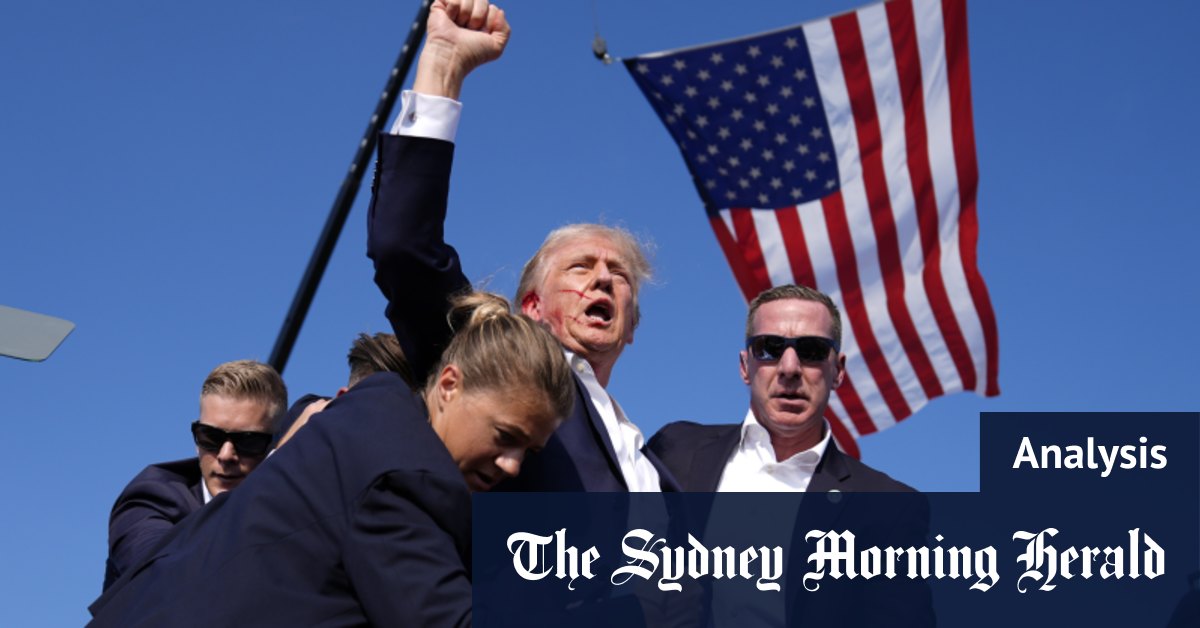
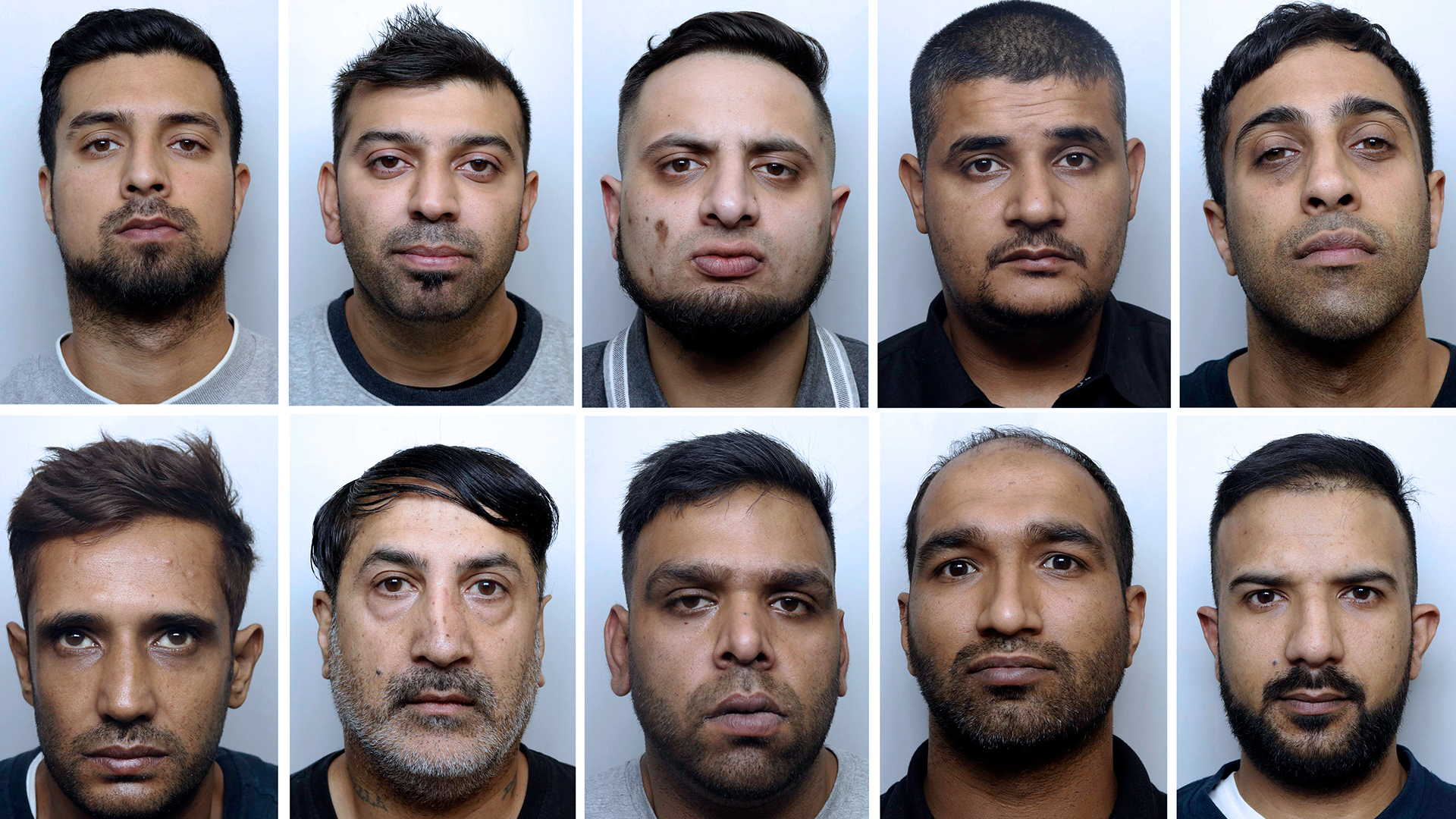

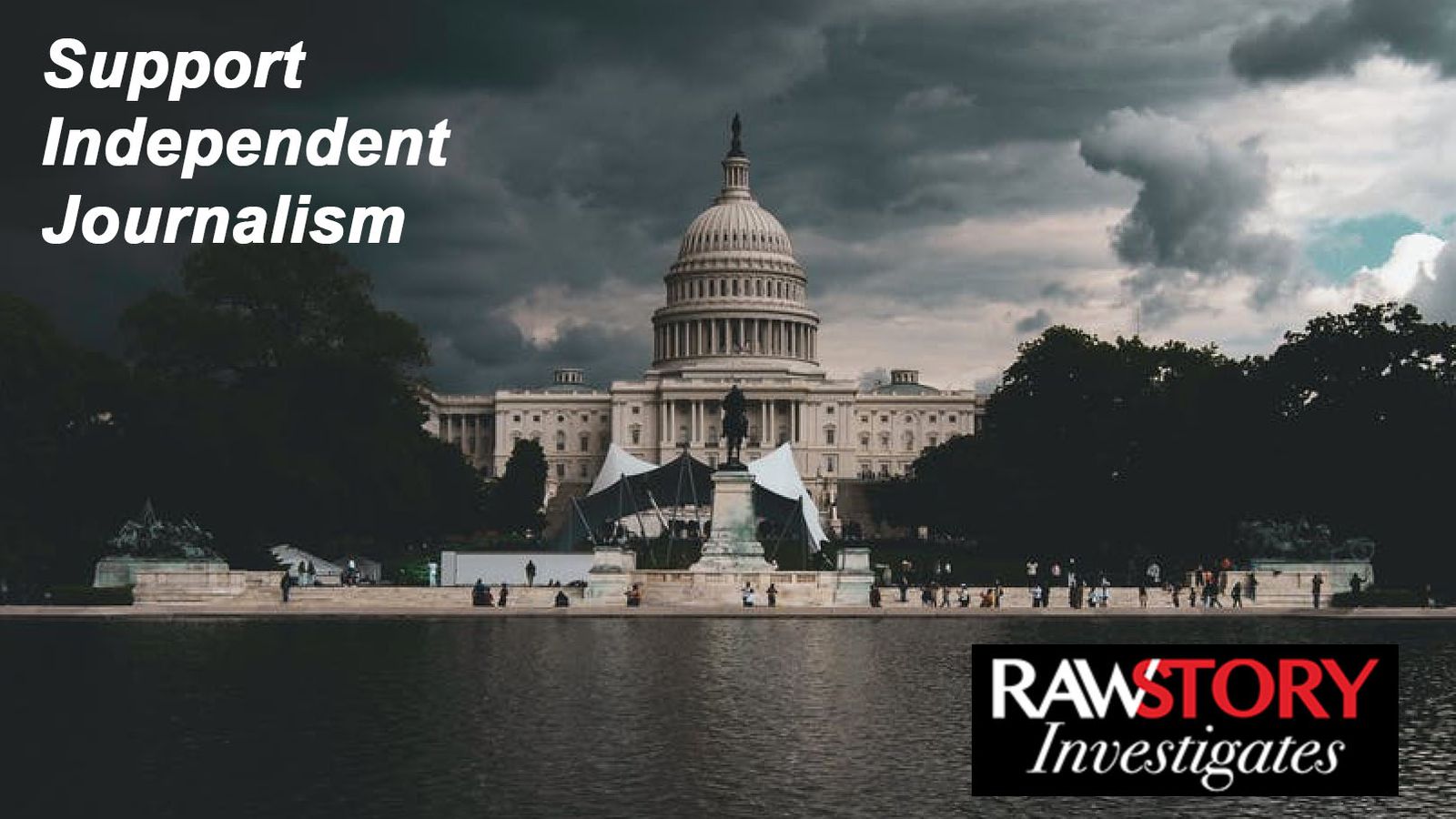


.jpg?itok=F2C4uk0x)
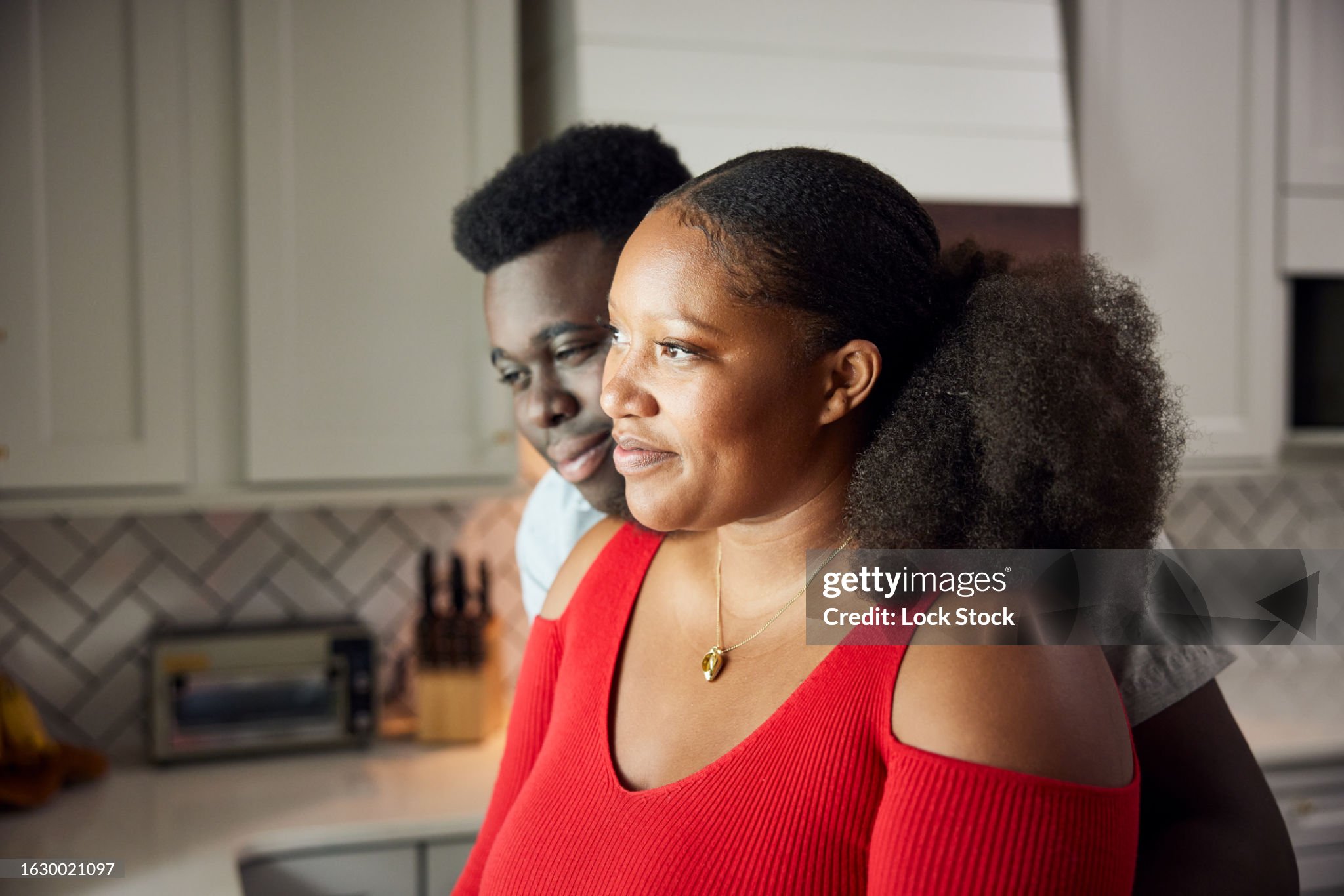



Discussion about this post